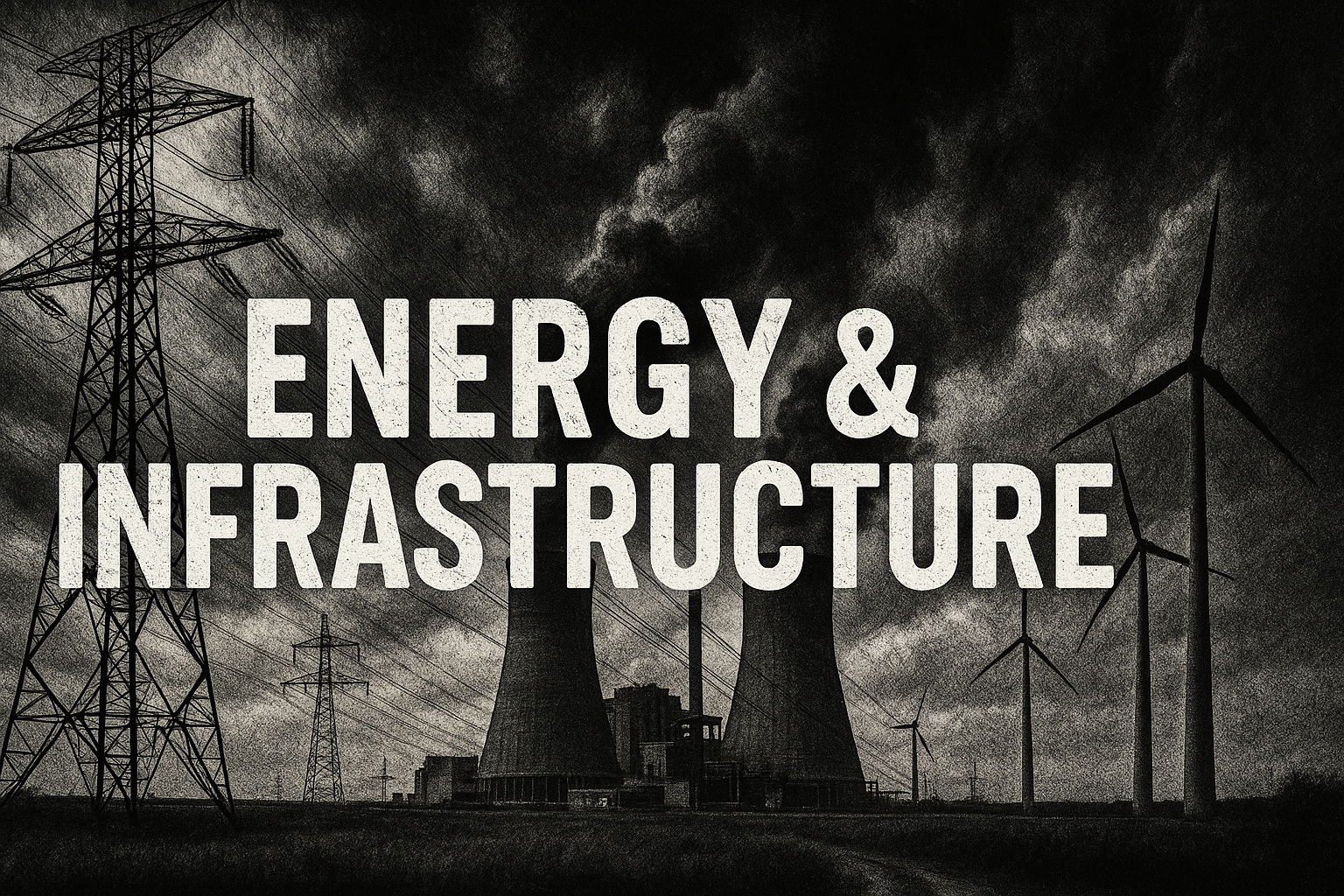Energy & Infrastructure

Recent developments highlight the evolving landscape of U.S. energy policy, marked by political divides, regulatory changes, and shifts in industry strategies. In Virginia, energy prices are set to rise under Democratic leadership, driven by mandates from the Clean Economy Act and plans by Dominion Energy to transition to cleaner energy sources. Meanwhile, Republican Rep. Mike Simpson is advocating for nuclear energy and permitting reforms to enhance energy independence, emphasizing Idaho’s potential in advancing carbon-free solutions. The Interior Department has reversed Biden’s 2024 ban by opening half of Alaska’s reserve to oil drilling, a move aimed at boosting energy development and reducing reliance on foreign oil. This decision aligns with broader efforts to expand domestic energy production, particularly in regions like Alaska, where significant oil reserves exist. Additionally, the Trump administration’s opening of ANWR and NPR-A for drilling has further underscored the push to increase energy output in Alaska. The International Energy Agency (IEA) has revised its forecast for the peak of oil demand, attributing the shift to Trump-era policies and global climate efforts. However, political tensions persist, as Republican lawmakers have been criticized for opposing solar subsidies while benefiting from them, even as they supported fossil fuel incentives under Trump’s tax reforms. Legislation like the Affordable, Reliable, Clean Energy for America (ARC-ES) bill continues to promote U.S. energy independence by ensuring access to affordable, reliable, and clean energy sources. These developments reflect the ongoing debates over energy transition, national security, and environmental sustainability, shaping the future of U.S. energy policy.
Updated: 11/16/2025








